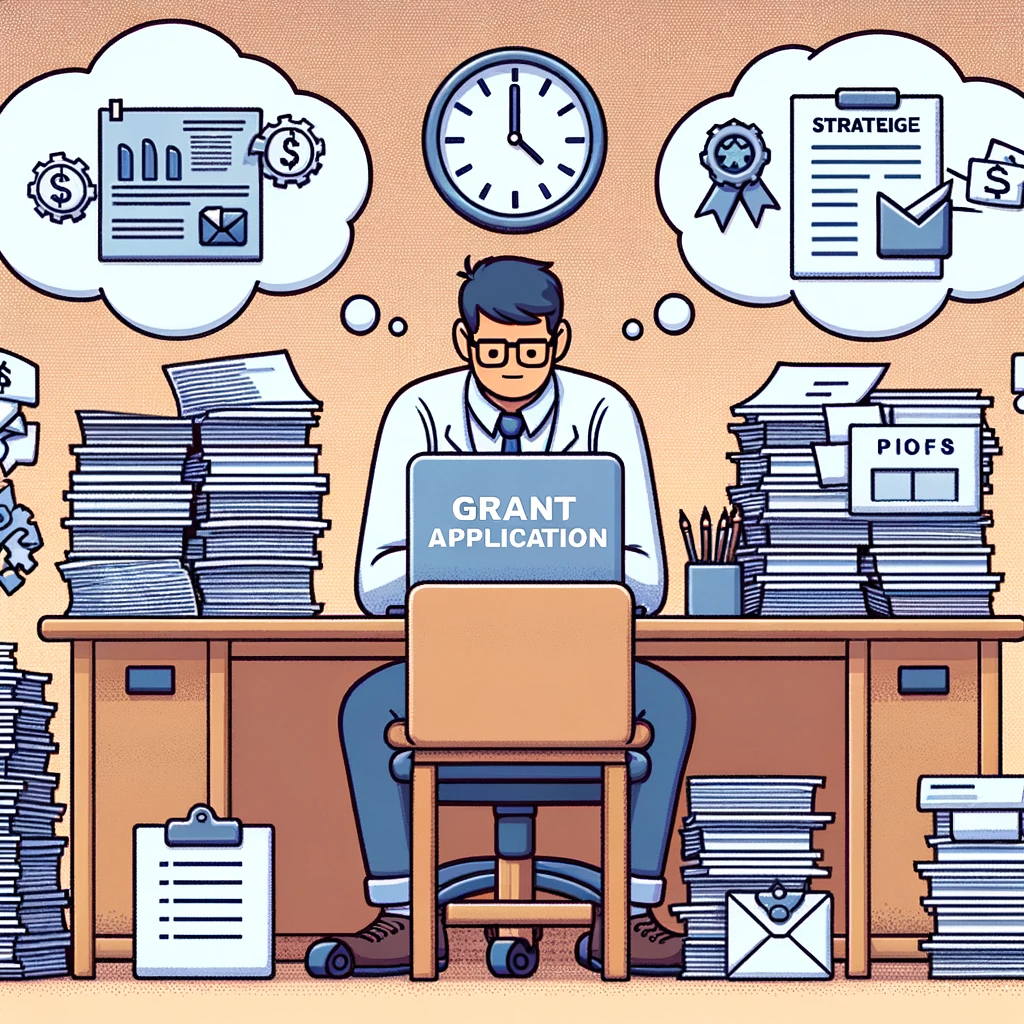
Understanding Grant Writing in Academic Research: Navigating the Funding Landscape
Let’s talk CA$H.
In the world of academic research, securing funding is as crucial as the research itself. The article “To Apply or Not to Apply: A Survey Analysis of Grant Writing Costs and Benefits” by von Hippel T and von Hippel C provides an insightful analysis of the grant application process, the time investment involved, and the strategic considerations researchers must weigh (read the full article here).
Time Investment vs. Success Rate: A Critical Balance
The study reveals that a Principal Investigator (PI) spends about 116 hours on average, and a Co-Investigator (CI) spends about 55 hours writing a single grant proposal. I want to linger on this for a second. If a PI bills around $60 an hour (which I bet a lot of PIs would consider an underestimate) that means that each grant costs around $6,500 of effort.
What time was spent cold-calling prospective donors? What is that amount of cash was spread around on a bunch of college basketball bets?
Despite this significant investment of time, the success of grant applications is not guaranteed. The probability of success doesn’t significantly increase with the time spent writing the proposal. However, researchers who consistently apply for more grants tend to receive more funding overall. This finding indicates that while a single grant application might be a gamble, persistent and strategic application efforts can yield better funding outcomes.
Non-Financial Benefits of Grant Writing
Interestingly, the article notes modest non-monetary benefits to writing grant proposals. Researchers reported improvements in scientific thinking, idea generation, and organization of research plans. These benefits were slightly more pronounced in psychologists than astronomers. However, these perceived benefits did not correlate with the number of grants applied for or received, suggesting that while there are personal and professional growth aspects to grant writing, they are not directly tied to the success rate.
Strategic Considerations for Researchers
Given the competitive nature of funding agencies and the relatively low success rates (averaging around 20% for many programs), researchers must make strategic decisions about when and how to apply for grants. The study’s analysis suggests that persistent underfunding of research proposals can drive researchers away from federally funded research, especially when success rates fall below the 20% threshold. This stark reality means researchers need to consider the following:
- Evaluate Opportunity Costs: Researchers should weigh the time spent writing grants against the potential for success and other academic duties.
- Quality vs. Quantity: While writing multiple grants increases the odds of receiving funding, it’s also essential to focus on the quality and fit of each application.
- Seeking Alternatives: Exploring a variety of funding sources, including smaller foundations, industry partnerships, or internal funding opportunities, can be a valuable strategy.
Recommendations for a Sustainable Research Environment
The study concludes with several recommendations for researchers, department heads, and funding agencies. It suggests that researchers be more selective about applying to programs with funding rates at or below 20%, unless they are particularly confident in their proposals. Department heads and research administrators should guide and support researchers in making strategic decisions about grant applications, considering the individual’s past success rates and the alignment of the research with funding priorities.
Join the Vanguard of Public Health Today!
Are you ready to be at the forefront of health advocacy and research? ‘This Week in Public Health’ brings you weekly insights and updates that matter most. From breakthrough research to groundbreaking community initiatives, our newsletter is your ticket to staying ahead in the rapidly evolving world of public health. Subscribe for free and be part of the change you wish to see!”



